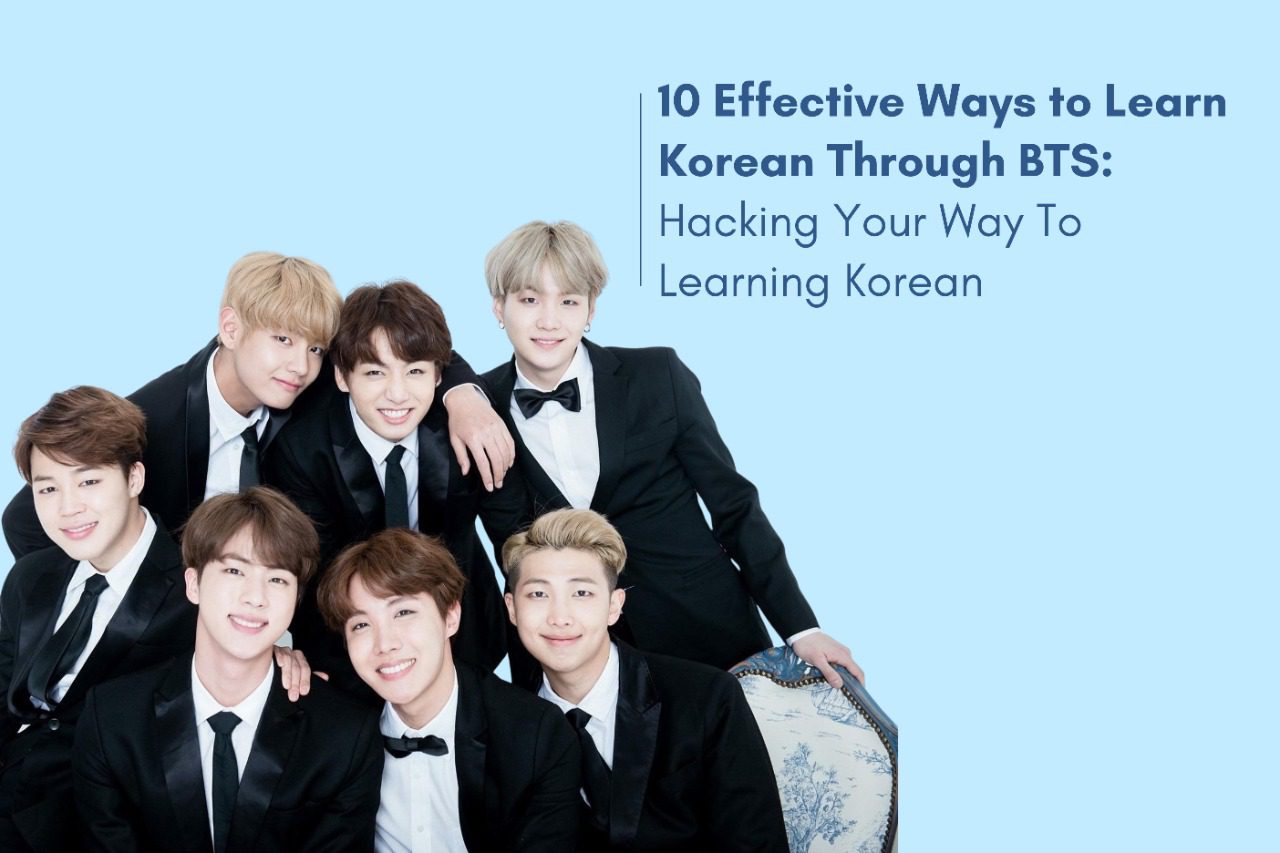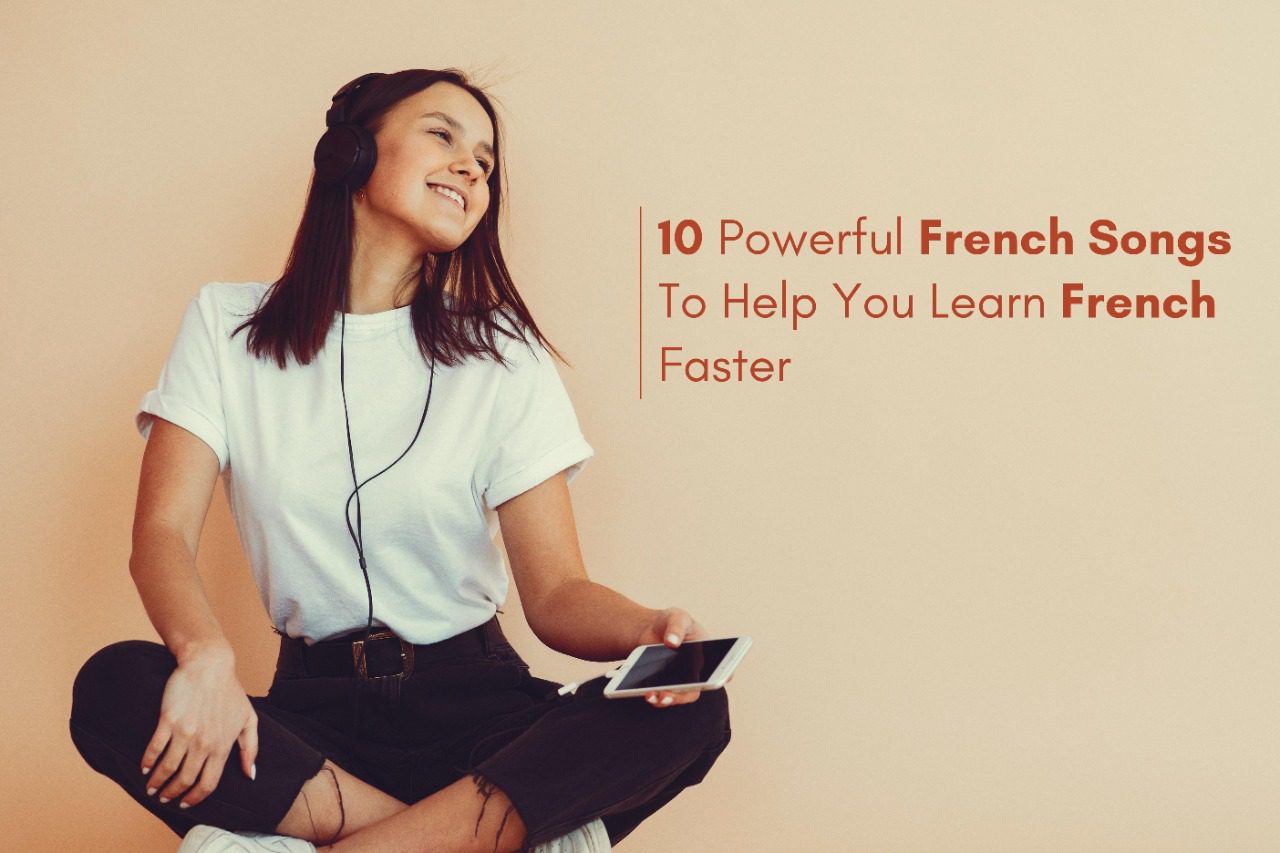The best and effective way to learn is not the same for everyone. Some people write notes and diagrams, others listen to lectures, and some prefer to study by looking at pictures. There are lots of ways to learn new information, and scientists have conducted research in order to understand the learning styles that work best. Have you ever heard of the VARK model? It identifies four types of learners: visual, auditory, kinesthetic, and reading/writing.
Types of Learners
We previously stated that scientists have spent years attempting to understand the best ways for students to learn through research. The VARK model is still one of the most popular theories today. This model categorizes learners into four types: visual, auditory, kinesthetic, and reading/writing.
Most people are a mix of these four learning styles, but they usually have a dominant learning style. Each of these teaching styles complements the other. Now, let’s look at the characteristics of each of these styles and how to best use them.
Visual Learners
Individuals who prefer in information visually—whether through maps, graphs, diagrams, charts, or other means—are known as visual learners. However, they do not always respond well to photos or videos, preferring to receive information through various visual aids such as shapes and patterns.
The ideal way to present to visual learners is to visually demonstrate the relationship between various ideas. For example, when trying to explain a scientific process, a flow chart can be used.
Auditory Learning
Auditory learners are people who learn effectively when they hear or speak information in an auditory format. They are vulnerable to grouping their ideas after they have spoken, rather than thinking them through first. Because they believe that saying things aloud enables them understand the concept.

Auditory learners learn most effectively when information is presented to them through strategies that involve talking, such as lectures and group discussions. They can benefit from hearing the lessons again, having recordings of the lectures, participating in group activities which require classmates to explain ideas, and so on.
Kinesthetic Leaners
People who prefer to learn by doing are known as kinesthetic learners. They prefer hands-on learning. They are more in touch with reality and more attached to it, which is why they require tactile experience to better understand something.
Personal experience, practise, examples, or simulations are the best ways to present new information to a kinesthetic learner. For example, they can recall an experiment by recreating it.
Learning through reading/writing
Reading/writing students absorb information best when it is presented in words, whether by writing it down or reading it. Text, in their opinion, is more powerful than any visual or auditory representation of an idea. These people are usually very good at writing assignments.

There are various methods for engaging and understanding a reading/writing learner. For example, it would be best to have them describe charts and diagrams using written statements, take written quizzes on the topics, or assign written assignments.
How to learn the best way
Given that everyone has a different learning style, it would be incorrect to say that a particular learning style is the best way to go. Understanding your own learning style, on the other hand, is critical to your studies.
Understanding what type of learner someone is is critical because the way they best consume information can be a decisive factor in their academic success. You can accomplish this by experimenting with all four methods of learning and then determining which one best helps you remember. Once you’ve determined what kind of personality you have, you can tailor your studies to meet your needs.
Many factors influence how anyone learns best, including environment, cognitive, and emotional factors. Understanding your learning style, on the other hand, can help you learn more easily. There are four types of learning styles, according to the VARK system: visual, auditory, kinesthetic, and reading/writing. We hope this article helped you figure out which category you belong in!











